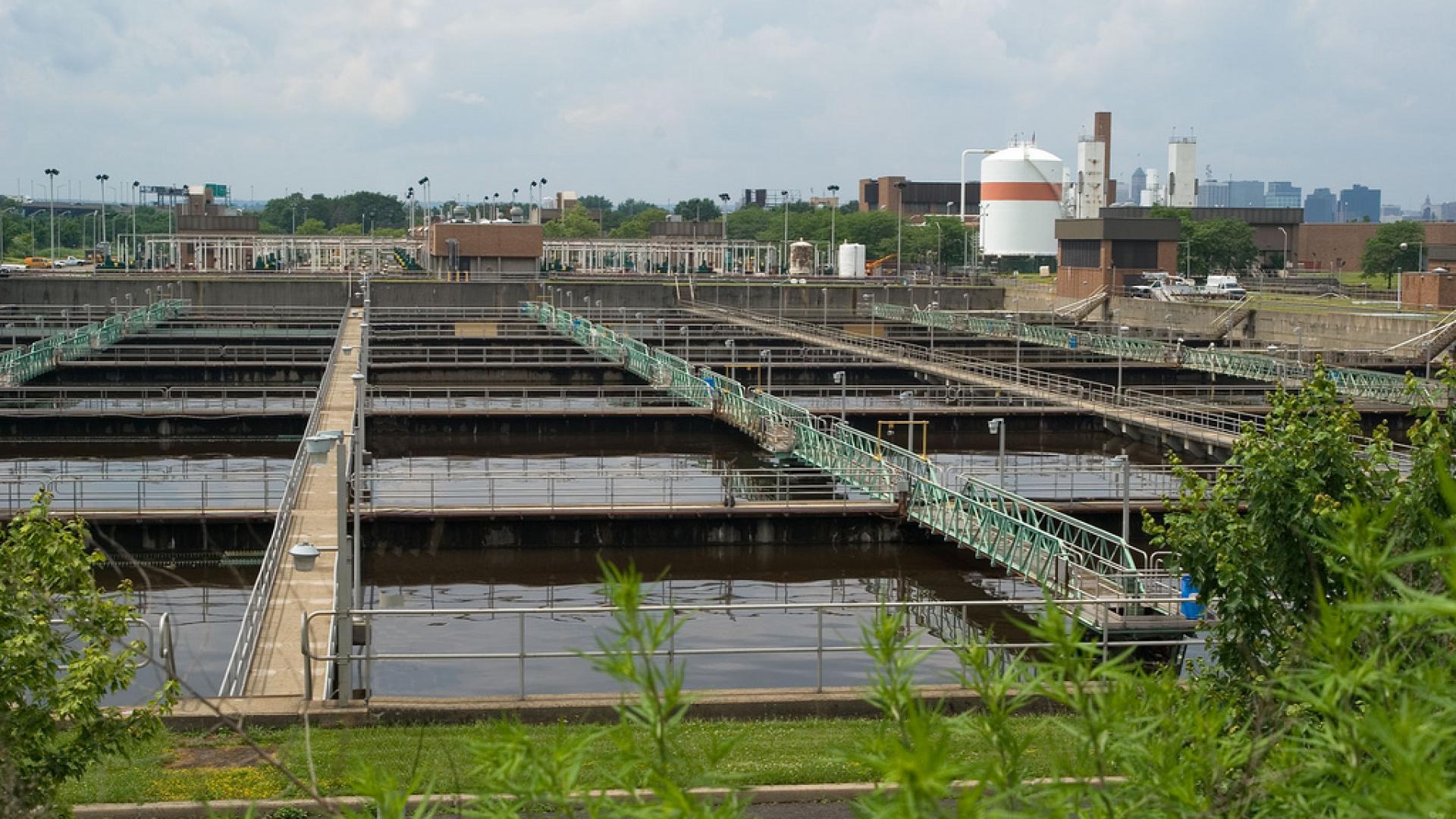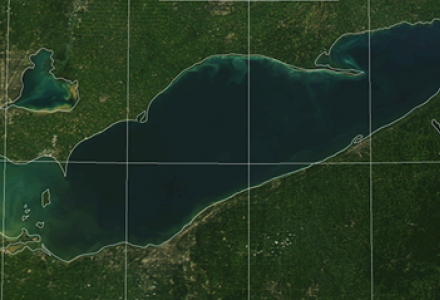
A recent article published in the Water Quality Research Journal of Canada titled “Protecting Our Great Lakes: Assessing the Effectiveness of Wastewater Treatments for the Removal of Chemicals of Emerging Concern,” highlighted the work accomplished by the IJC’s Chemicals of Emerging Concern multi-board workgroup during the 2009-2011 priority cycle.
The paper focused on wastewater treatment in the Great Lakes basin and its effectiveness in treating chemicals of emerging concern (CEC). The term chemicals of emerging concern is used to describe the presence in the environment of chemicals that may pose a risk to humans and ecosystems.
CECs can include new compounds that have gained entry into the environment or those that have been recently characterized due to increases in concentrations in the environment or improvements in analytical techniques. These chemicals are found in products used daily in households, businesses, agriculture and industry, such as flame retardants, pharmaceuticals, personal care products, and pesticides. Wastewater treatment plants, which are not designed to remove such compounds, are among the important pathways by which CECs enter the Great Lakes. Of concern is the uncertainty of the impact on the health of humans and aquatic life due to chronic exposure to low levels of these mixtures of compounds.
The paper finds that more than 1,400 wastewater treatment plants, from the U.S. and Canada, discharge 4.8 billion gallons (18 billion liters) of treated effluent to the Great Lakes basin per day. Ninety-eight percent of this wastewater flow is treated by secondary or better treatment. Most of these facilities use an activated sludge system (a form of secondary treatment), which uses bacteria to treat the wastewater.
The paper further reviews the removal efficiencies for CECs based on available data from published studies worldwide. Of 42 substances commonly found in the Great Lakes, treated by activated sludge systems, at least half of those are likely to be removed. Compounds that were frequently detected, but had low removal rates, included an herbicide, an anti-seizure drug, an anti-inflammatory, and three antibiotics.
Acetaminophen, caffeine, and estriol (natural estrogen) also were detected at a high frequency, but had high removal efficiencies. More on the report is available from Environmental Health News.

Wastewater treatment plants are among the pathways by which chemicals of emerging concern enter the Great Lakes. Credit: Dan DeLuca.
The report provides several recommendations, including:
- Encouraging treatment facilities to employ secondary (or better) treatment
- Developing a list of chemicals that are difficult to treat using current technologies and determining which require the development of a risk management strategy
- Developing a list of indicator compounds that can be used by facilities to assess the effectiveness of their treatment process for the removal of CECs
- Increasing public education regarding the use and disposal of pharmaceuticals and personal care products and promoting the use of green chemistry in manufacturing.
The report has generated interest from publications in Canada, the U.S., and worldwide. Under an update to Great Lakes Water Quality Agreement that went into force earlier this year, the two countries agreed to undertake further research related to treatment technologies to address CECs.
The study is only available online as an abstract. To request a copy, contact John Nevin at nevinj@windsor.ijc.org.

Antonette Arvai is a physical scientist and secretary of the Great Lakes Water Quality Board at the IJC’s Great Lakes Regional Office in Windsor, Ontario.



